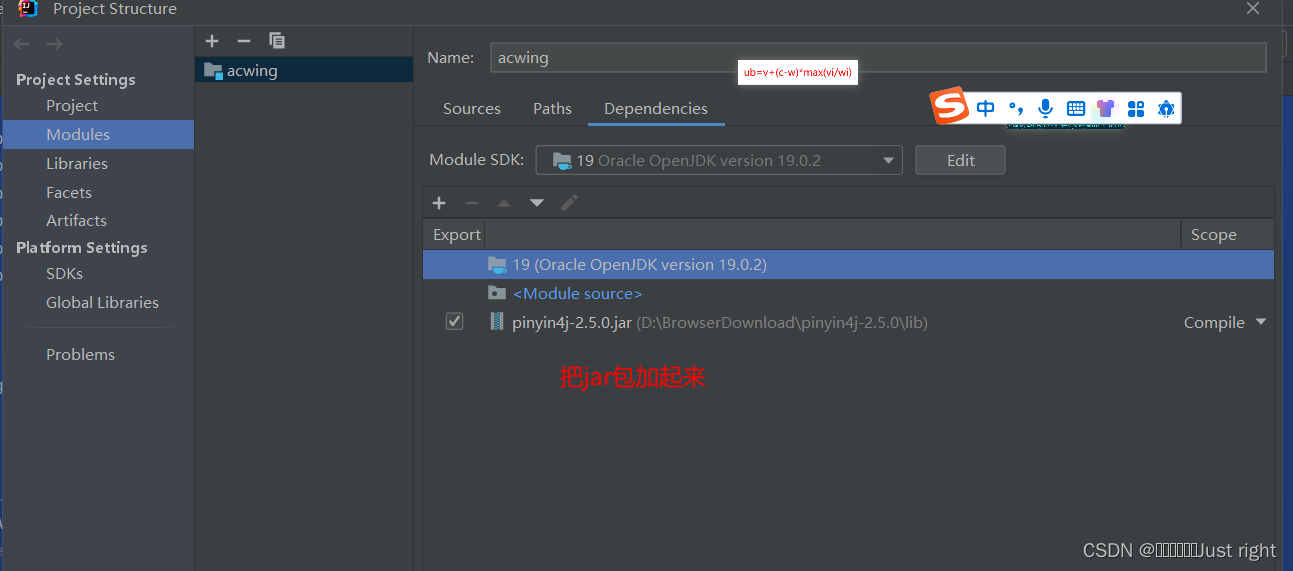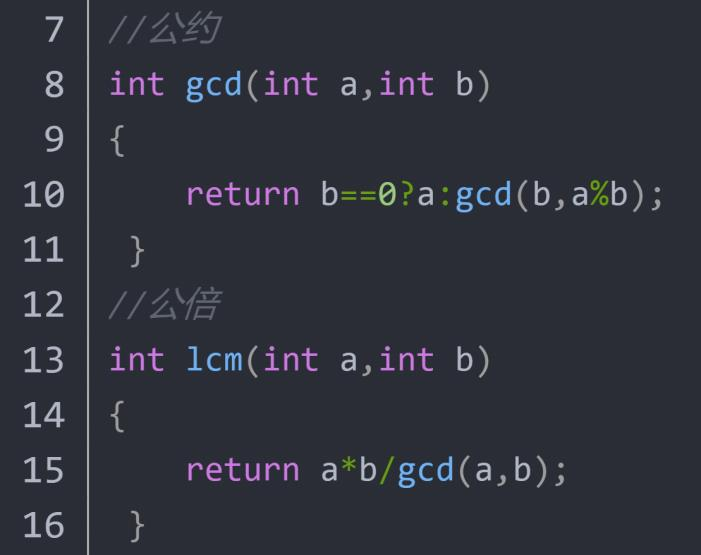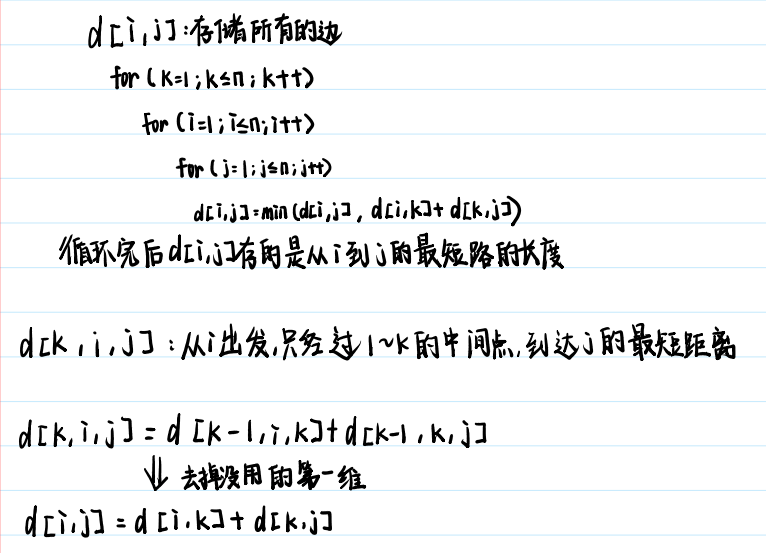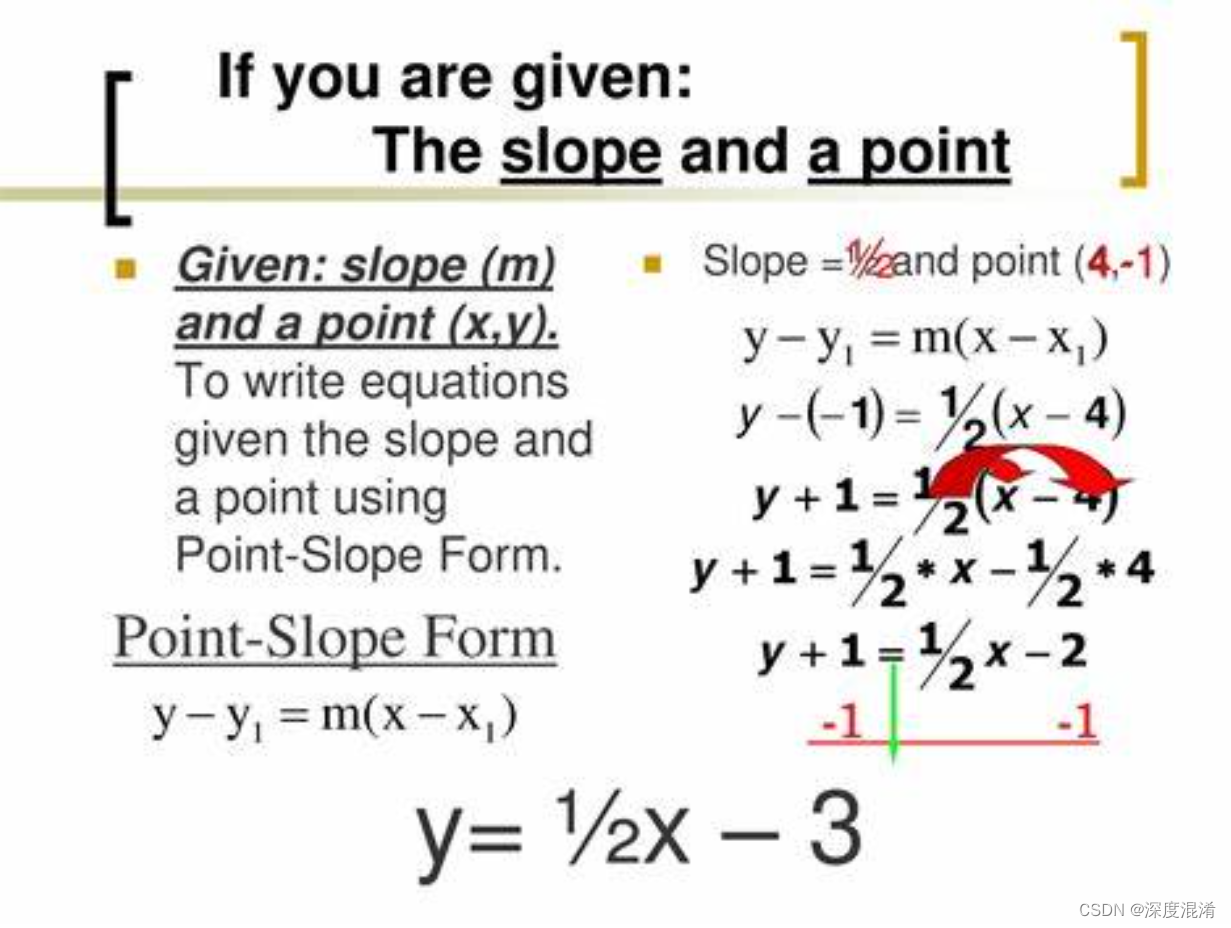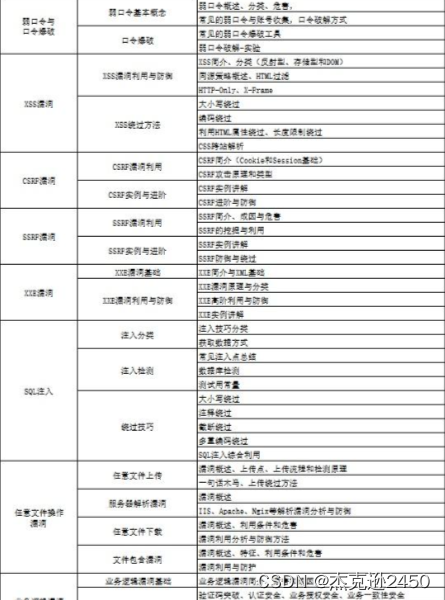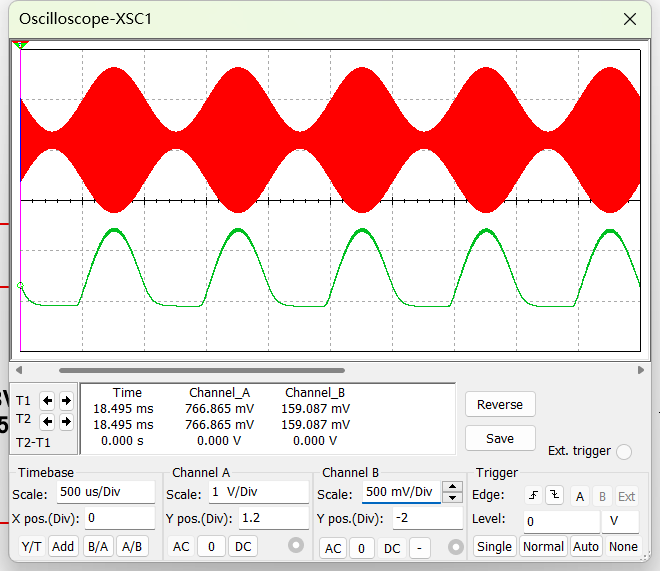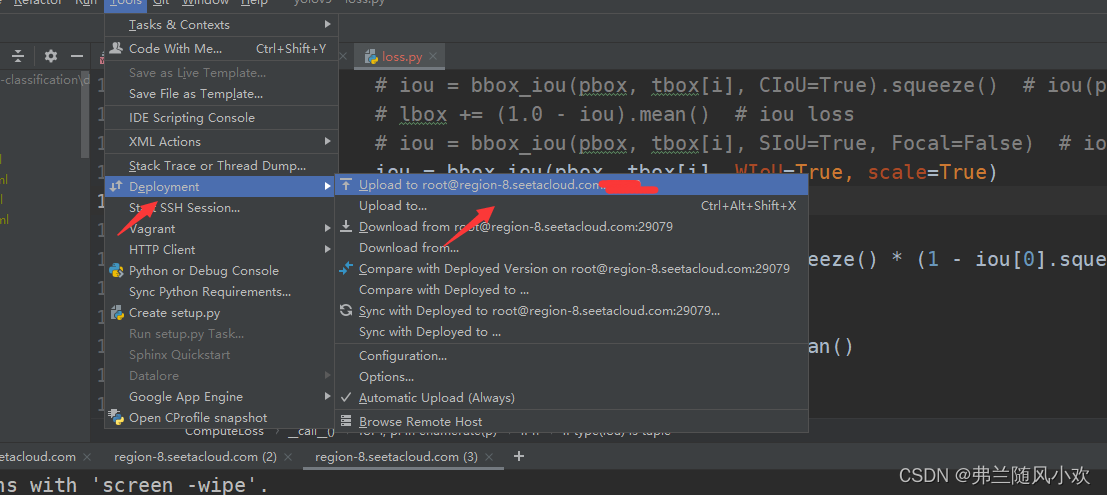gcd(m,n)=gcd(n,m%n)
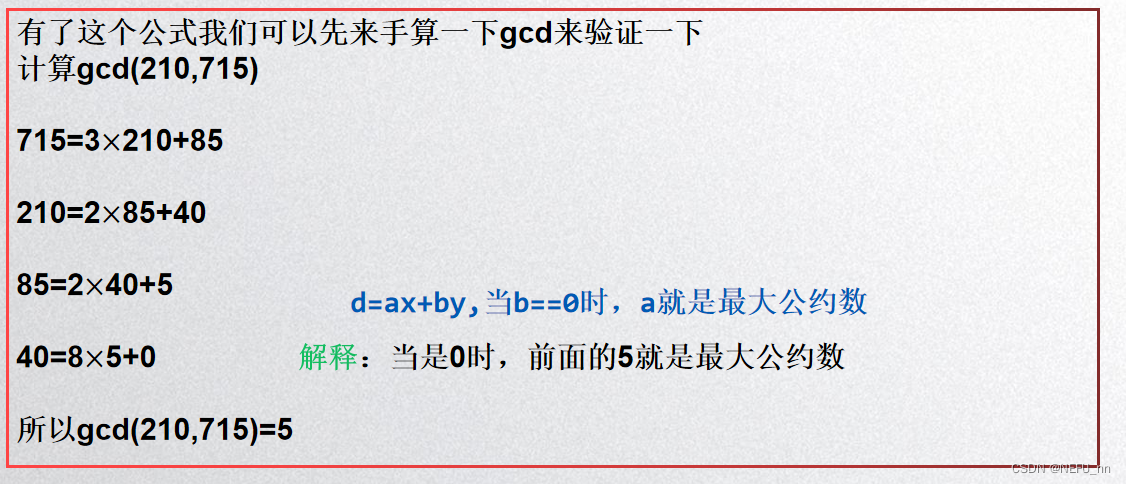
gcd欧几里得算法标准代码求最大公约数
#include <iostream>
using namespace std;
typedef long long LL;
LL gcd(int a,int b)
{
if(b==0)return a;
return gcd(b,a%b);
}
int main()
{
LL a,b;
cin>>a>>b;
cout<<gcd(a,b)<<endl;
return 0;
}
LMC 最小公倍数
这样可以防止a*b溢出

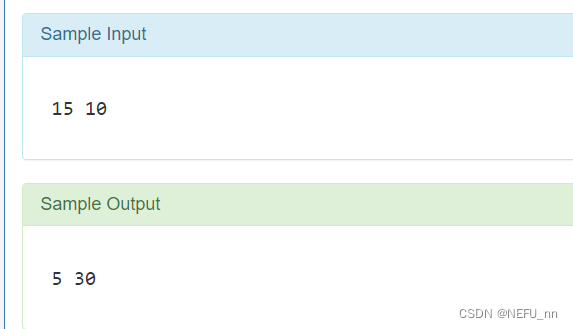
#include <iostream>
#include <stdio.h>
using namespace std;
typedef long long LL;
LL gcd(LL a, LL b)
{
if(b==0)return a;
return gcd(b,a%b);
}
int main()
{
LL a,b,lmc;
while(cin>>a>>b)
{
cout<<gcd(a,b)<<endl;
lmc=a/gcd(a,b)*b;
cout<<lmc<<endl;
}
return 0;
}
#include <iostream>
#include <bits/stdc++.h>
using namespace std;
typedef long long LL;
int main()
{
LL a,b,lmc,t;
while(cin>>a>>b)
{
t=__gcd(a,b);
cout<<t<<endl;
lmc=a/t*b;
cout<<lmc<<endl;
}
return 0;
}
上面这个使用了c++给我们提供的函数,要求x,y类型一致
在有些题目中我们要求求出很多个数的最大公约数和最小公倍数。 对于这种问题,基本思想就是两两合并。例如求n个数的最大公约数,就可以这样:
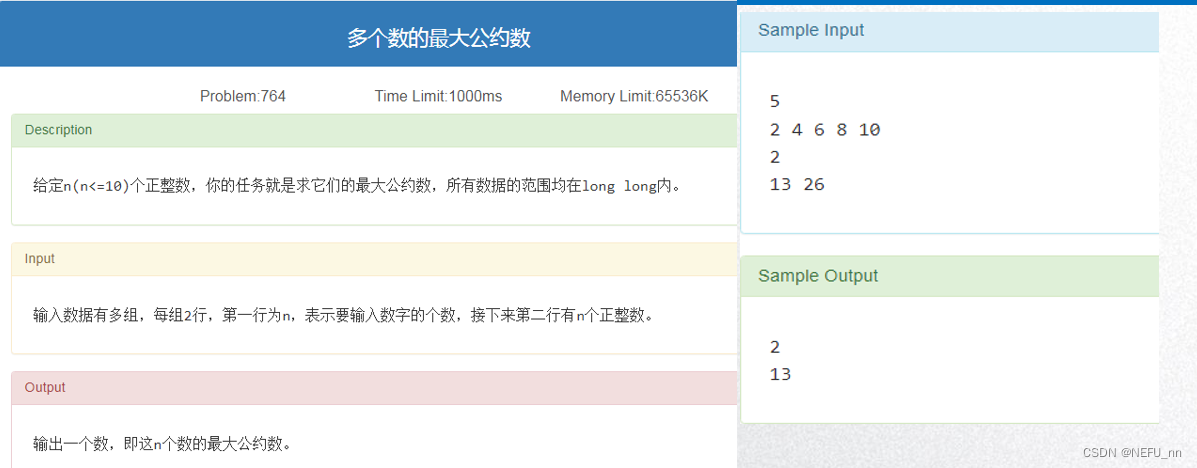
扩展欧几里得算法到底在干什么?
扩展欧几里得算法用来解决这样一个问题:给定两个非零的整数a和b,求一组整数解(x,y),使得ax+by=gcd(a,b)成立,其中gcd(a,b)表示a和b的最大公约数。
利用欧几里得算法的过程来计算x和y。已知递归边界成立时x=1,y=0 ,想办法反推出最开始的x和y。
x1=y2 //x=y(old)
y1=x2-(a/b)y2 //y=x(old)-a/b*y(old);
扩展欧几里得算法背下来
void Ex_gcd(int a,int b,int &x,int &y)
{
if(b==0)
{
x=1;
y=0;
return;
}
Ex_gcd(int b,int a%b,int x,int y)
{
int t;
t=x;
x=y;
y=t-(a/b)*y;
}
}一、逆元的定义
当 ax≡1(mod b), x即为 a 在mod b 意义下的逆元。
逆元的数学符号是 inv ,a 在mod b 意义下的逆元记作 inv(a,b)。注意不要写反了。
例如5x≡1(mod 3),当x=2时满足10 ≡ 1(mod3),所以称2是5在mod 3意义下的逆元。
(a * b) % p = (a%p * b%p) %p (对)
(a / b) % p = (a%p / b%p) %p (错)
在求余的过程中我们发现只有除法是不能分开运算的,而当a过大时,在计算除法过程中可能会造成比较大的精度损失,所以对于这种情况我们一般会把式子转换成那么(a / b) % p = (a * inv(b) ) % p = (a % p * inv(b) % p) % p来进行计算。这样就解决了除法不能分开计算的问题。需要注意:只有a和p互质,a才有关于p的逆元
#include <iostream>
using namespace std;
void Ex_gcd(int a,int b,int &x,int &y)
{
if(b==0)
{
x=1;
y=0;
return;
}
Ex_gcd(b,a%b,x,y);
{
int t;
t=x;
x=y;
y=t-(a/b)*y;
}
}
int main()
{
int a=5,b=7,x,y;
Ex_gcd(a,b,x,y);
cout<<x<<endl;
return 0;
}








